Kente is a ceremonial cloth hand-woven on a horizontal treadle loom, kente comes in strips measuring about 4 inches wide and sown together into larger pieces of cloth. It comes in variety of colours and different designs. The word “Kente” comes from the word “kenten”, which means basket.
Kente Royal Cloth are very important for its rich colours and meaningful designs. Infact the premisence of the Asante Monarchy is interfered with the Kente cloth. The Kente weaver gives each piece of cloth philosophical, historical and divine name.
Kente is more than a clothing item, it is a visual representation of history philosophy, ethics, oral literature religious beliefs and political thought.
According to tradition kente is reserved for special occasion, it is not meant to be used for common place or daily activities or an ordinary wear. It is normally used as a special gift item, or a clothing item used for rites of passage such a child naming, puberty rites invitations, graduations, marriage ceremony, soul washing, burial and ancestral remembrance ceremonies. Kente is not only used for its beauty but also for its symbolic significance. Each of the cloth has a name and a meaning, derived from historical events, individual achievements, proverbs, philosophical concepts, oral literature, moral values, social code of conduct, human behavior, and certain attributes of plant and animals life.
Kente has achieved tremendous international recognition and has become one of the tangible manifestations of an ever-growing sense of Pan Africanism. Kente is more widely recognized as one of the shinning strands which make up the colourful cultural fabric of our global village.
The origin of Kente cloth is explained partly with a legend and partly with historical account, coming from two important towns in Asante Region of Ghana, namely Bonwire and Adawomase.
Historical Background
Although Kente, as we know it was developed in the 17th Century A.D. by the Ashanti people, it has its roots in a long tradition of weaving in Africa dating back to about 3000 B.C. The origin of Kente is explained with both a legend and historical accounts. A legend has it that a man named Ota Karaban and his friend Kwaku Ameyaw from the town of Bonwire (now the leading Kente weaving center in Ashanti), learned the art of weaving by observing a spider weaving its web. Taking a cue from the spider, they wove a strip of raffia fabric and later improved upon their skill. They reported their discovery to their chief Nana Bobie, who in turn reported it to the Asantehene (The Ashanti Chief) at that time. The Asantehene adopted it as a royal cloth and encouraged its development as a cloth of prestige reserved for special occasions.
On the part of Adawomase’s historical art of weaving, it traces it source from the north Ouagadougou (now Burkina Faso) with the help of two citizens from Adawomase, namely Nana Sarkodie and Nana Amankwa. They discovered this brand of weaving technique on their usual trade mission to the north of Ouagadougou around the year 1750.
Nana Sarkodie being a good trader and a prince, decided to go back to Ouagadougou with his friend Nana Amankwa. They stayed there as long as they could and learned the art of weaving. After staying there for so many years they returned to Adawomase with the discovery which they brought with them a piece of woven cloth which they named it “Fufutoma” the white cloth. As a result of this valuable achievement by the two sons of Adawomase, a special stool Fufutoma was created by Asantehene to signify the origin of Fufutoma designs. All occupants of the stool have special duties to perform at the Asantehene’s palace.
Other historical accounts trace the origin of Kente weaving to early weaving traditions in ancient West African Kingdoms that flourished between 300 A.D. and 1600 A.D. Some historians maintain that Kente is an outgrowth of various weaving traditions that existed in West Africa prior to the formation of the Ashanti Kingdom in the 17th Century. Archaeological research has dated examples of narrow-strip cloths woven in West Africa as early as the 11th Century A.D. and perhaps earlier. Some examples of woven fabrics have been found in the caves of the Bandiagara cliffs in Mali.
These cloths used in burial ceremonies, probably, during the medieval Ghana, Mali and Soghai Empires, have technical and aesthetic features similar to many of the narrow-strip cloths in many parts of West Africa. Such cloths which the Akans call “Nsaa” are important components of scared royal paraphernalia in most Akan royal courts today and are known to have been traded with articles of prestige by Akan Kings and chiefs early in the 17th Century. Many features of such cloths appear in the early and later narrow-strip cloths woven in Ashanti. Given these historical accounts, it is believed that the Ashanti craftsmen might have learned weaving skills from other peoples living in the North and West of them and later developed their unique style of cloth.
© Leila
While Kente Cloth may have its roots in 11th Century West African weaving traditions, weaving in Africa as a whole was developed earlier. Elsewhere in Africa, archaeological excavations have produced such weaving instruments as spindle whores and loom weights in ancient Meroe Empire which flourished between 500 B.C. and 300 A.D. in other African Civilizations in the Nile Valley such as Kemte (Egypt) and Nubia or Kush, there is an abundance of pictorial and archaeological evidence proving the existence of a weaving industry as early as 3200 B.C.
The history and invention of Kente is also a subject of controversy among the Ewes and the Ashantis in Ghana. The Ashantis have always been credited by historians the originators of Kente cloth.
Even Dr Ephraim Amu, a notable historian, Nationalist and a great musicologist of Ewe extraction credit Ashanti Bonwire town as the birthplace in his great song “krohinko” that imitates the sound of Kente weaver working on the loom.
However, it has also emerged that the Ewes have a long history of weaving ‘Kente’ cloth. According to them, in the Akan (Ashanti) wars against the Ewes, some Ewe people and weavers were captured that went to the Ashanti land to teach the Ashantis how to weave Kente . “Ke” means ‘to open’ in Ewe and “te” means ‘to press’; the Ewe hold that the word “Kete” thus describes the weaving motion of the feet.
Materials and Techniques
Weaving apparatus are hand made by the weavers themselves or by others who have specialized in equipment making. A set of weaving apparatus include the loom (Kofi nsadua “a Friday-born loom”) which is constructed with wood; a set of two, four or six heddles (asatia, asanan or asasia) attached to treadles with pulleys (awidle) with spools (donowa) inserted in them; shuttles (kurokurowa) with bobbins (awua) inserted in them; beaters (kyeree) and sword stick (tabon). Other supporting equipment are skein winder (fwirdie) and bobbin winder (dadabena), bobbins holder (menkomena) “I walk alone” used for holding bobbins (awua) during warp-laying (nhomatene) and the heddle-making frame (asakuntun or asadua). These apparatus, like motifs in a cloth, have symbolic meanings and are accorded a great deal of respect.
Yarns for weaving come in a variety of forms and qualities. In the past yarns were either spun from locally grown cotton or unraveled from cotton and silk cloths imported from Europe and Asia. Today, factory made cotton, silk or spun rayon yarns are obtained from factories in Ghana and outside Ghana. Various colors of yarns may be combined in particular ways to reflect the symbolic significance of the cloth.
Quality of yarns used in weaving a particular cloth reflects on the level of prestige associated with the cloth. Silk yarns are usually considered the most prestigious and are therefore the most highly valued. Silk cloth, in the past were reserved for royalty and the wealthy. An average width of a strip is 4 inches. Several strips are carefully arranged and hand-sewn together (some weavers use sewing machines in recent times) to obtain a desired size. Tradition has it that Kente is woven mainly by men. Women, in the past, played a significant role by spinning raw cotton into yarns, dying yarns into desired colors, sewing strips together to form large cloths and assisting in the marketing of the cloths. Today, factory spun yarns have replaced hand-spun yarns, and therefore, the woman’s role is mainly in the area of sewing strips together and marketing the cloth.
Functionality
In its cultural context of use, Kente is more than just a cloth. Like most of Africa’s visual art forms, Kente is a visual representation of history, philosophy, ethics, oral literature, religious belief, social values and political thought. Originally, its use was reserved for their royalty and limited to special social and sacred functions. When its production increased, it became more accessible to those who could afford to buy it. However, its prestigious status was maintained, and it has continued to be associated with wealth, high social status and cultural sophistication. Today, in spite of the proliferation of both the hand-woven and machine printed Kente, the authentic forms of the cloth are still regarded as a symbol of social prestige, nobility and a sense of cultural sophistication.
According to Akan traditional protocol, the Kente is reserved for very important, special social or religious occasions. Originally, it was not meant to be used for commonplace daily activities or as an ordinary wear. Its use for making clothing accessories was limited to items deemed scared or special and were used only for special occasions.
In many cases the use of Kente has a sacred intent. It may be used as a special gift item during such rites and ceremonies as child naming, puberty, graduation, marriage and soul-washing. It may also be used as a symbol of respect for the departed souls during burial rites and ancestral remembrance ceremonies. Its significance as a symbol of prestige, gaiety and glamour is evident during such community celebrations as festivals and commemoration of historical events, when people proudly wear the best of their Kente Cloths to reflect the spirit of the occasion.
There are gender differences in how the cloth is worn. On average, a man’s size cloth measures 24 strips (8 ft. wide) and 12 ft. long. Men usually wear one piece wrapped around the body, leaving the right shoulder and hand uncovered, in a toga-like style. Some men wear a jumpa, a kind of collarless shirt over which the cloth is wrapped. Women may wear either one large piece or a combination of two or three pieces of varying sizes ranging from 5-12 strips (20 inches to 48 inches wide) and an average of 6 ft. long.
These are wrapped around the body with or without a matching blouse. In some cases elderly women with high social status may wear a large piece in toga-like fashion just as men do. Within traditional societies, age, marital, and social standing may determine the size and design of cloth an individual would wear. Social changes and modern living have brought about significant changes in how Kente is used.
Modern use of the Kente
Kente cloth is one of the most striking images to emerge from the growing Afrocentric movement. Wearing kente stoles (long robe, scarf-like garment worn over a graduation robe) at graduation has become a tradition at prominent black colleges such as Howard University, Morehouse, Hampton and Spellman in Atlanta. The kente cloth stole represents the graduates’ pride in their African heritage. This practice is also very popular with historically black Greek letter fraternities and sororities. Kente is also present at Sunday church services too. Walk into the First African Methodist Episcopal Church and you will see kente stoles draped on the shoulders of its ministers.
Contemporary use of Kente in the form of garments, scarves, hats, bags and footwear has become commonplace.
Tawia Designs. The inspiration behind the footwear is to promote the African culture. The designs feature a wide variety of African fabrics such as Kente.
How to wear Kente Cloth:
MEN (wrap as you would a Toga if the below is too complicated for you)
Put yourself in the middle of the kente cloth by holding opposite ends of the cloth in each hand, with the cloth behind you, adjacent to your back.
Drape the left end of the cloth over your left shoulder. The extra fabric will end up hanging on the inside.
Enfold the fabric from the right side underneath the arm and across the body and place it over your left shoulder.
Take the cloth that is covering the left arm and place it over the cloth on the left shoulder so both arms are now exposed and the bulk of the cloth is lying on the left shoulder. (Wrapping is quite similar to a toga style)
WOMEN Wrap the Kente Cloth around the body, underneath the arms (exposing the shoulders) and at waist or breast level. Coordinate with a solid colored blouse. You may also wrap Kente around the shoulders to wear as a shawl.
Many thanks to Kwekudee from for this wonderful contribution! Be sure to stop by his blog Tripdownmemorylane and also @TripDownMemoryLane on Facebook.
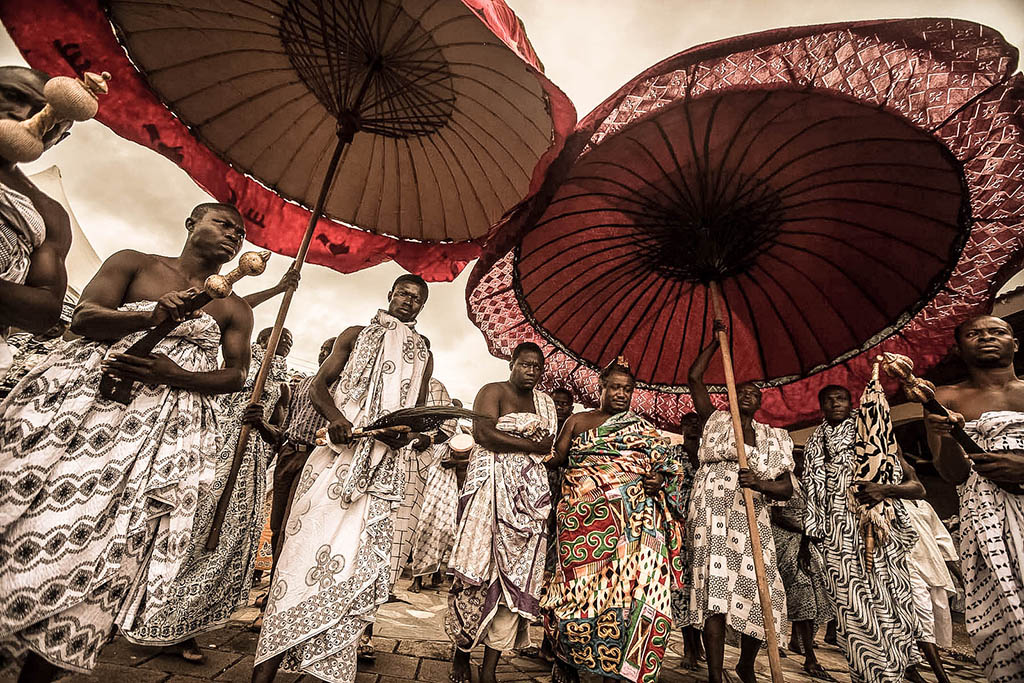
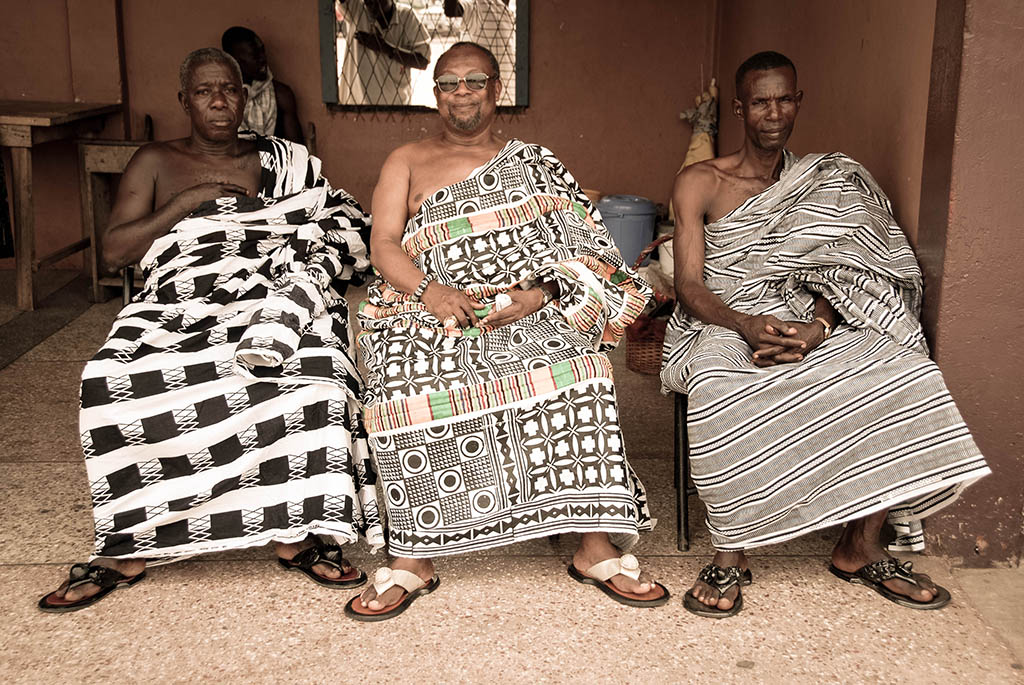
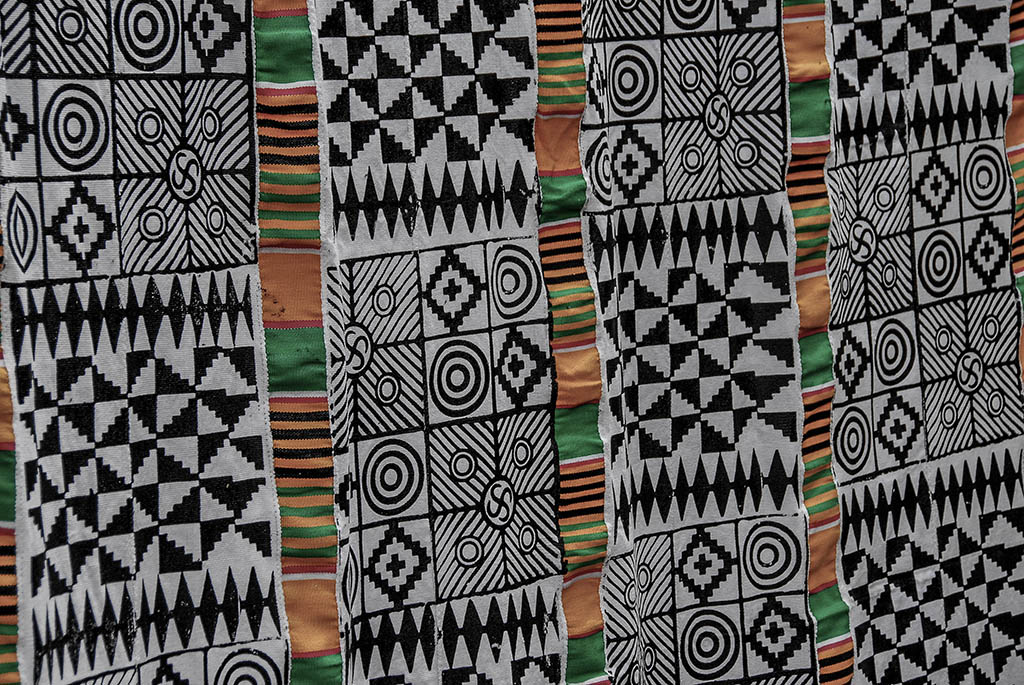
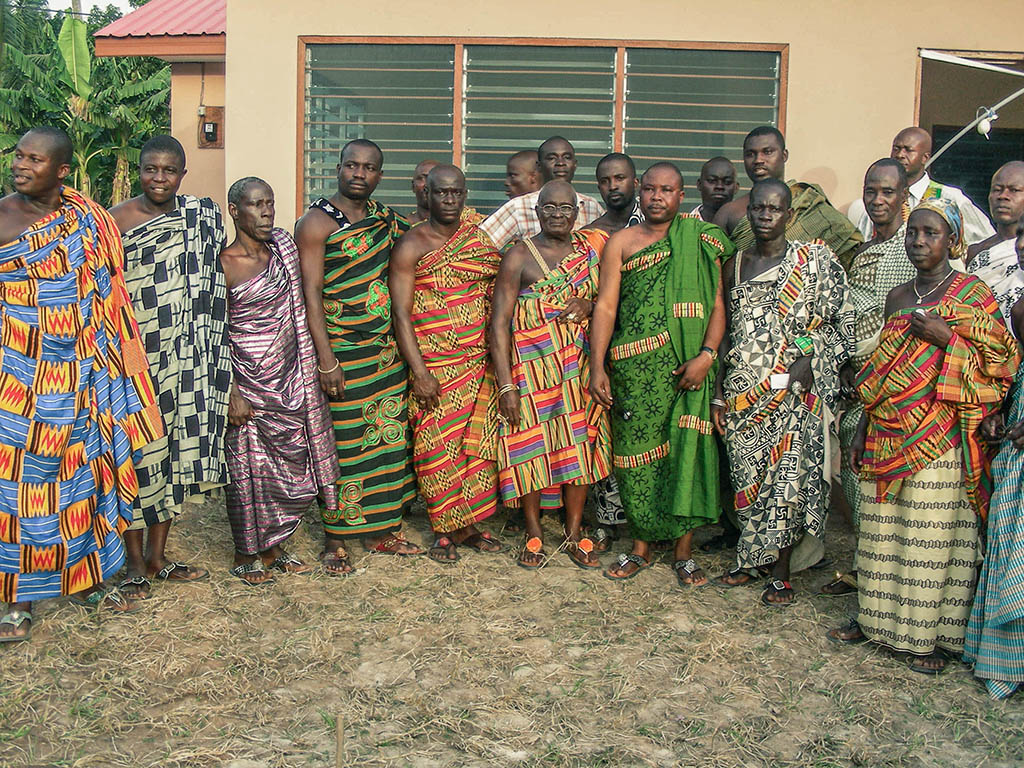
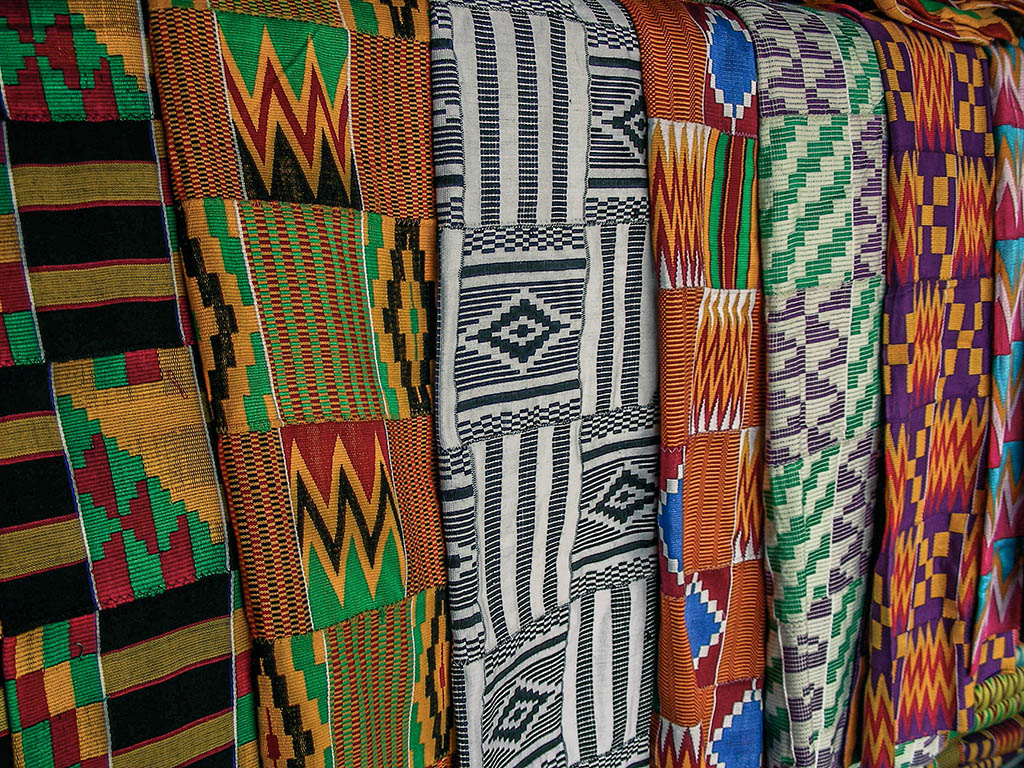
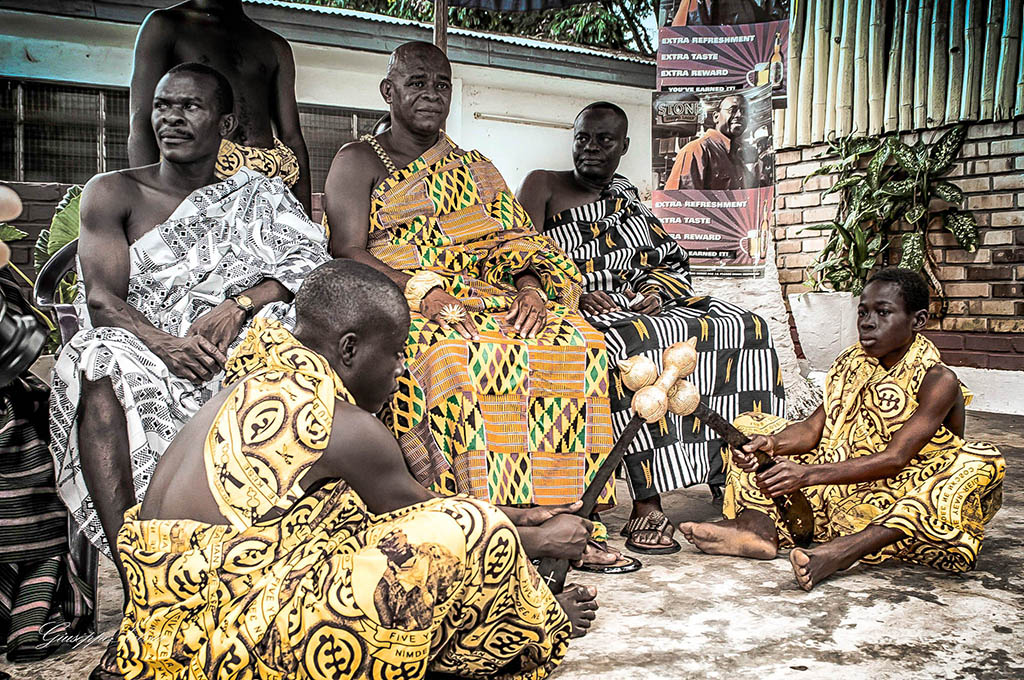
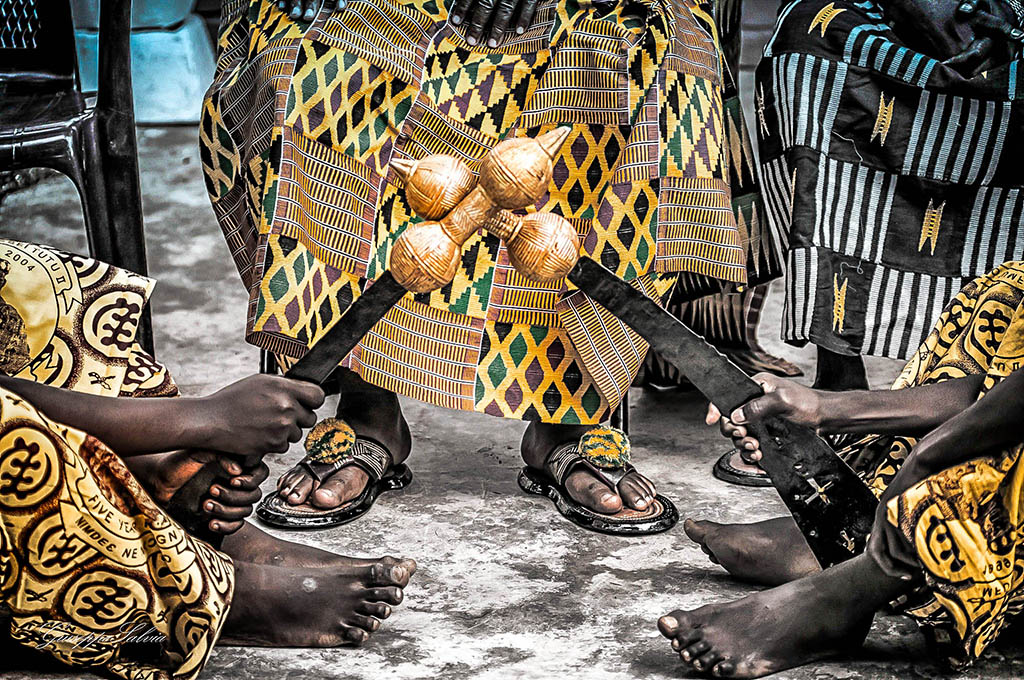
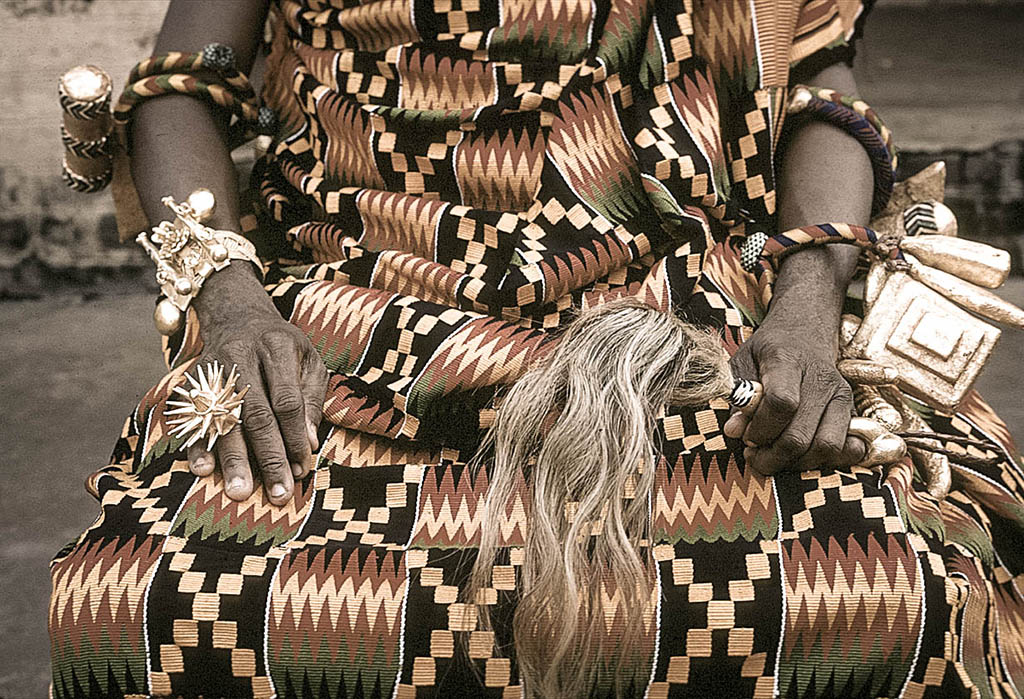
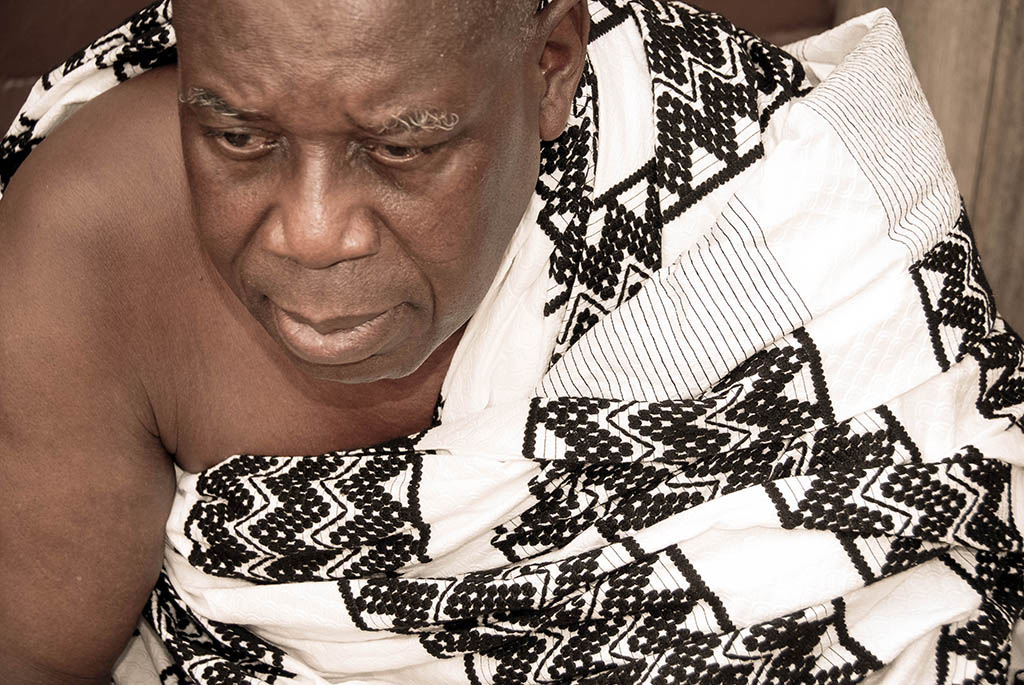
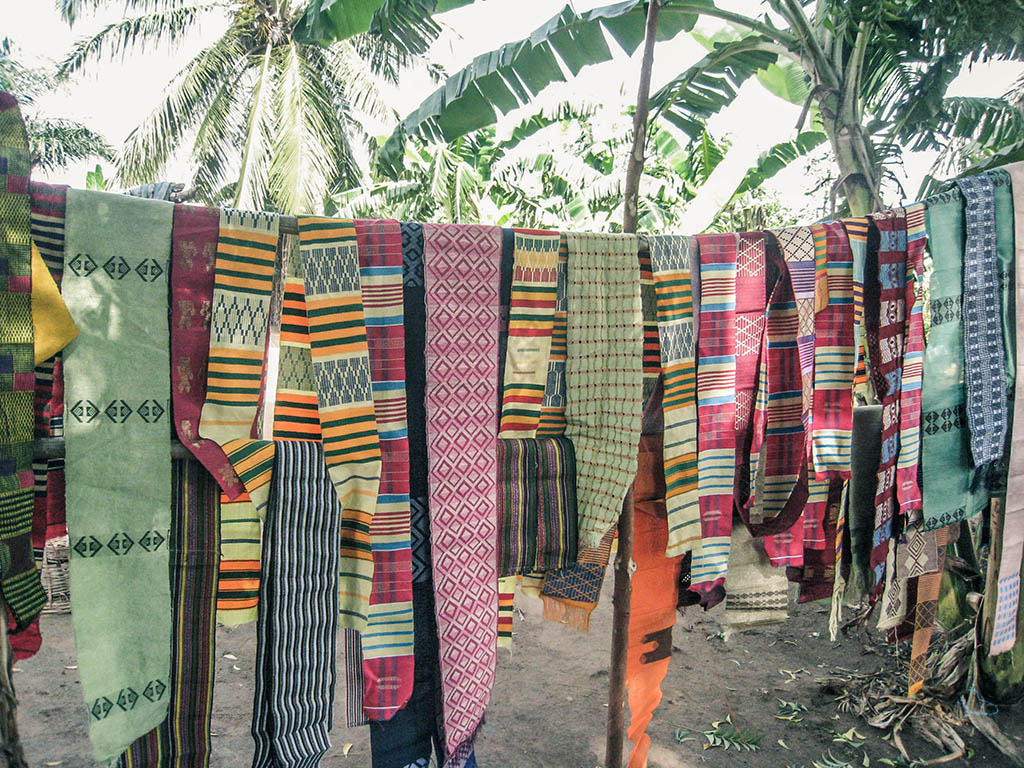
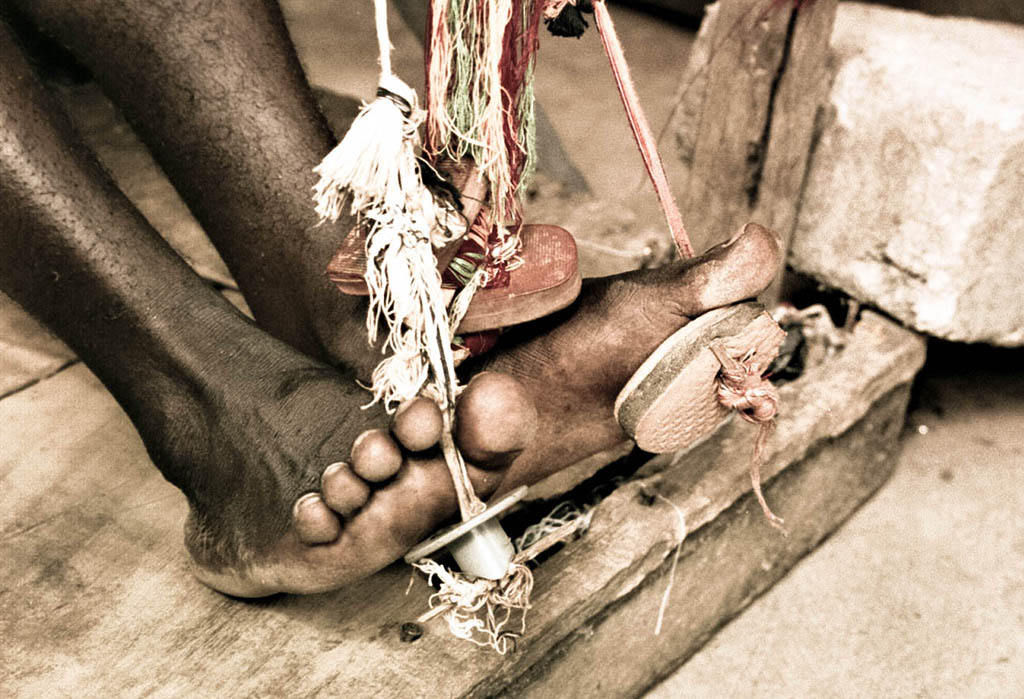
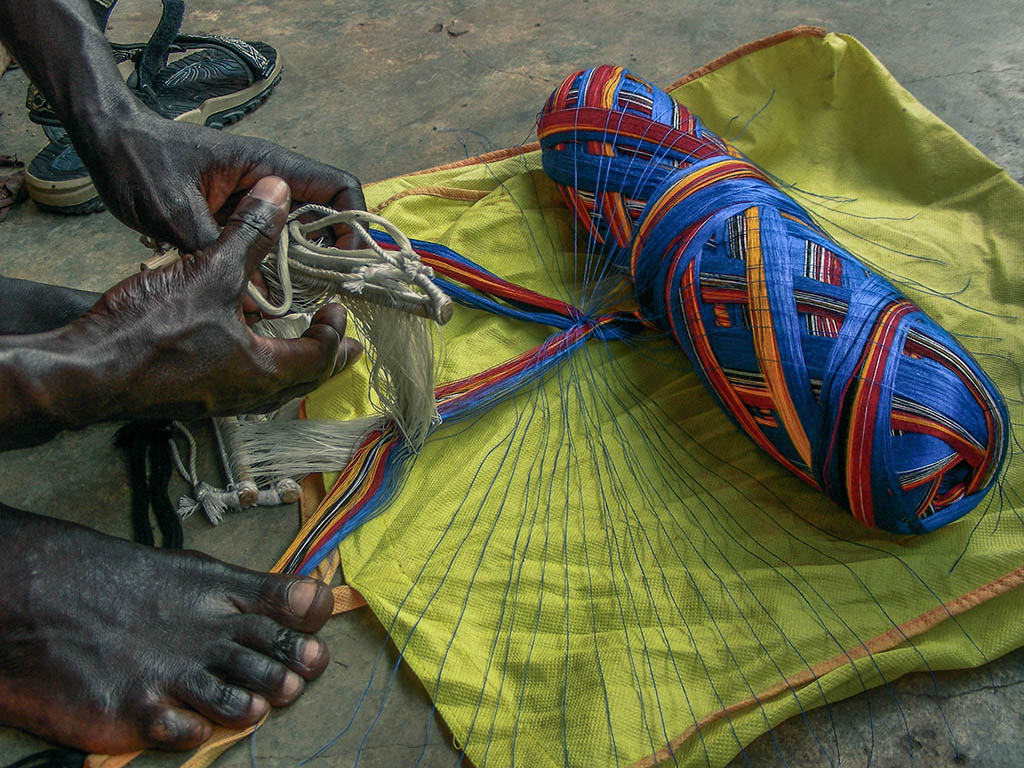
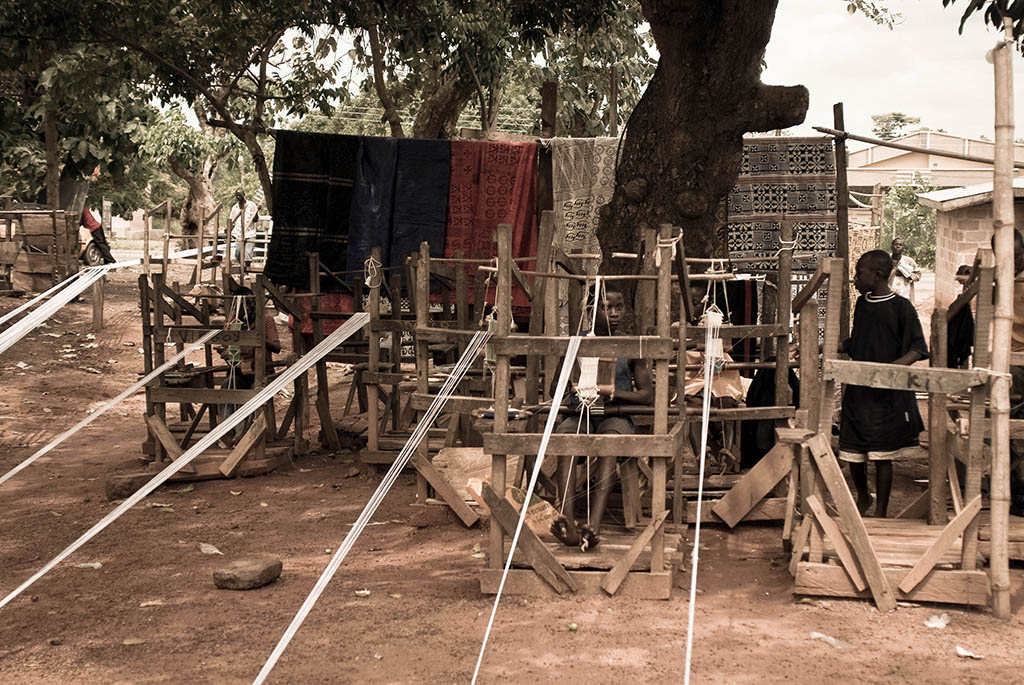
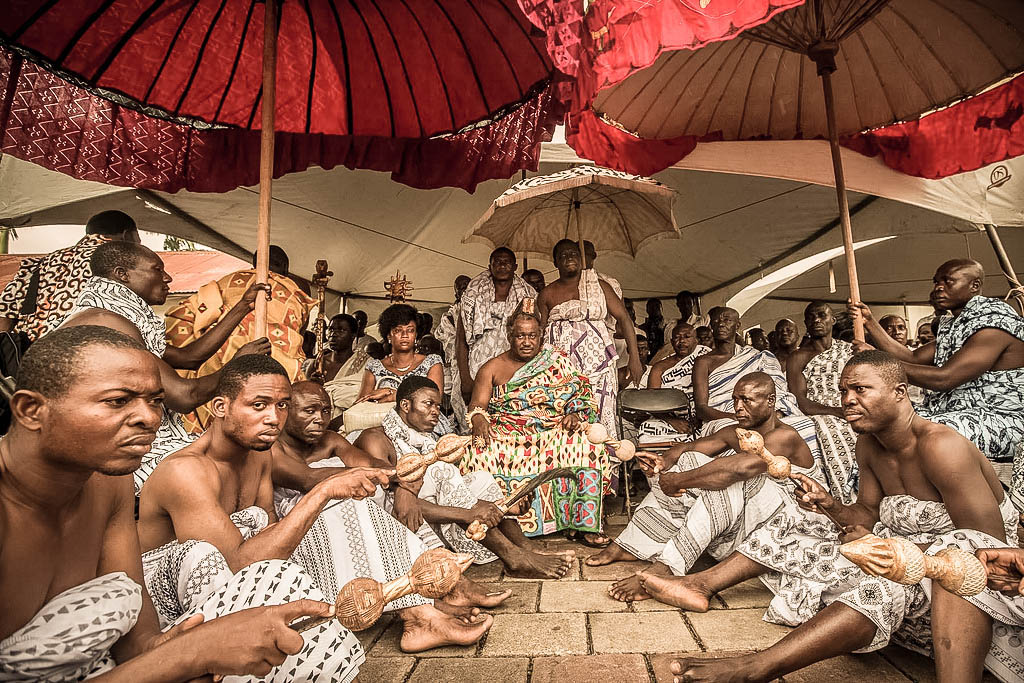
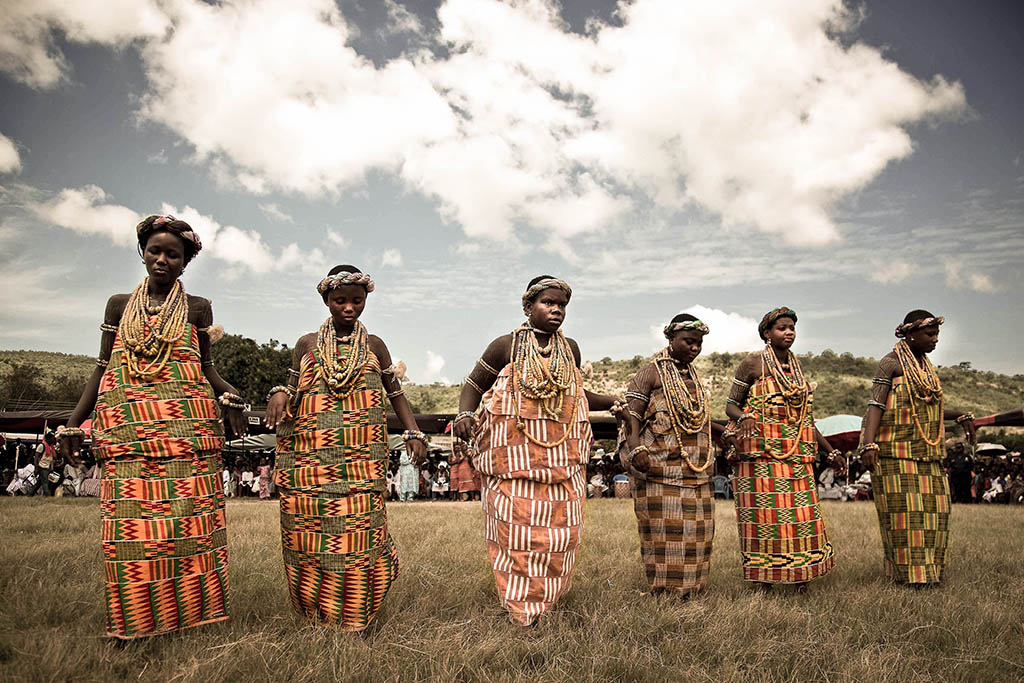
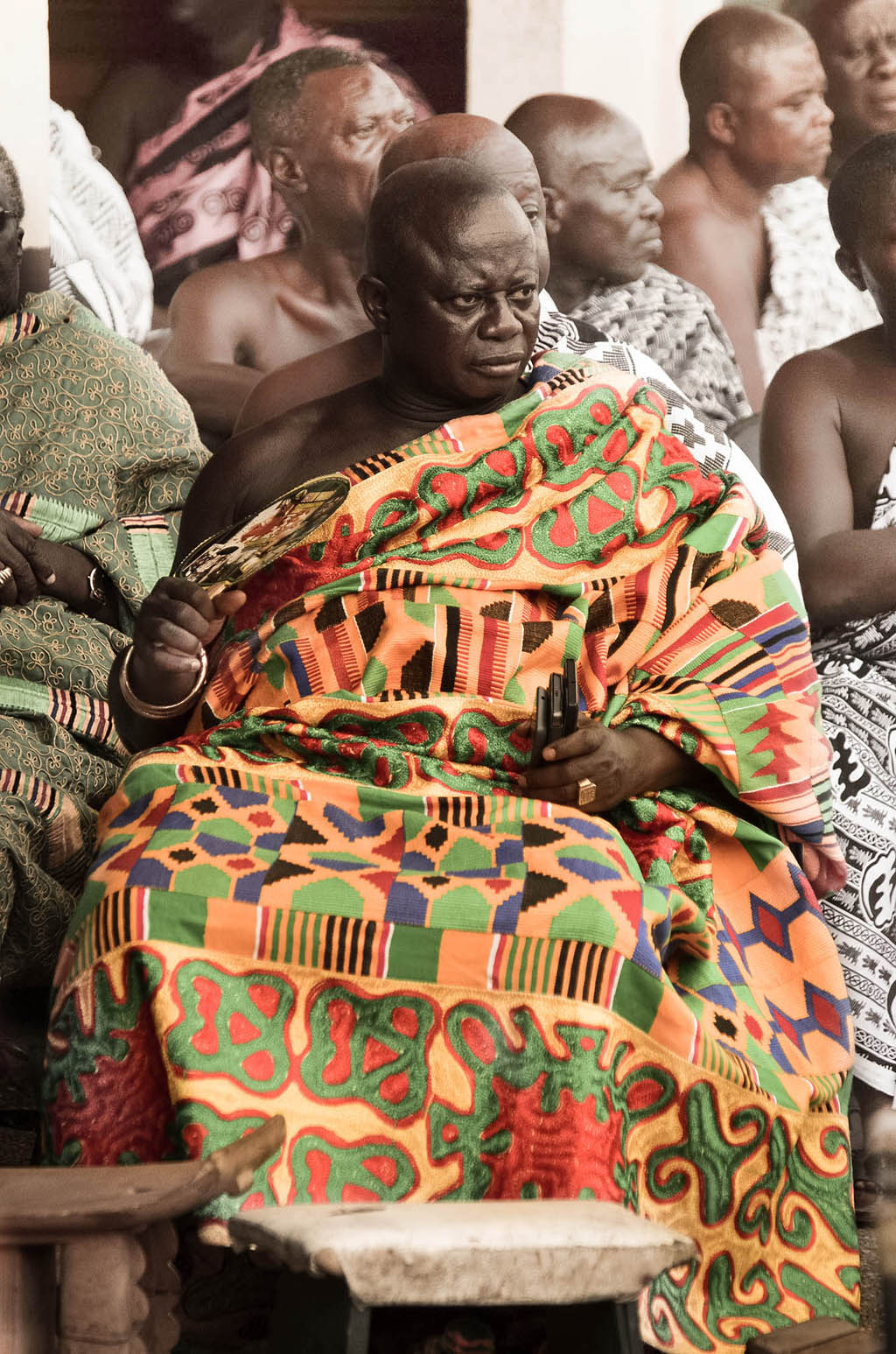
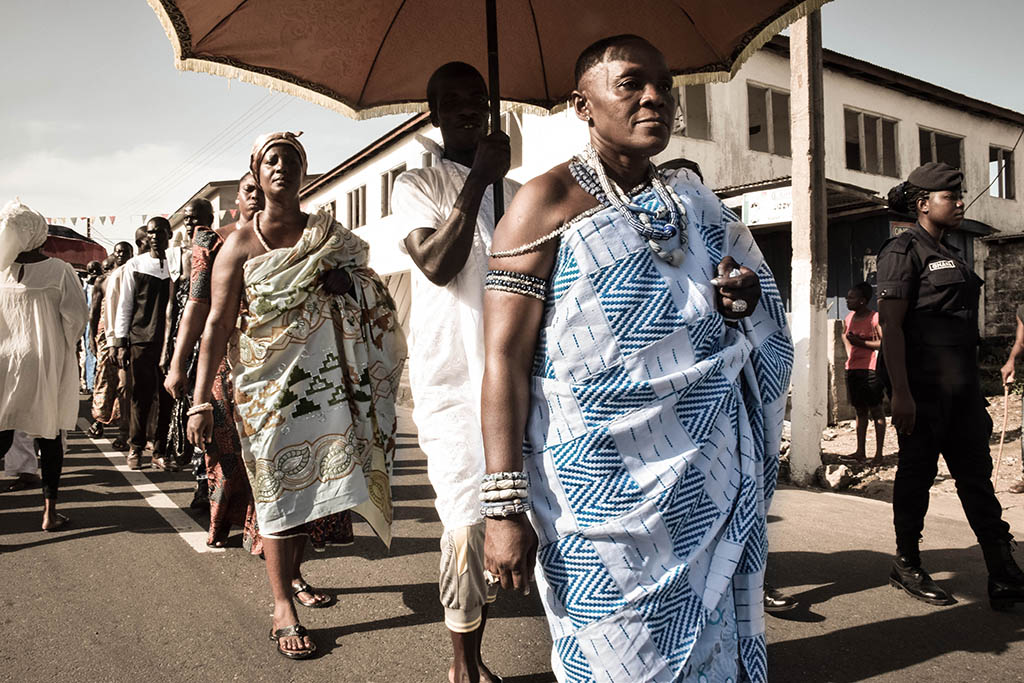
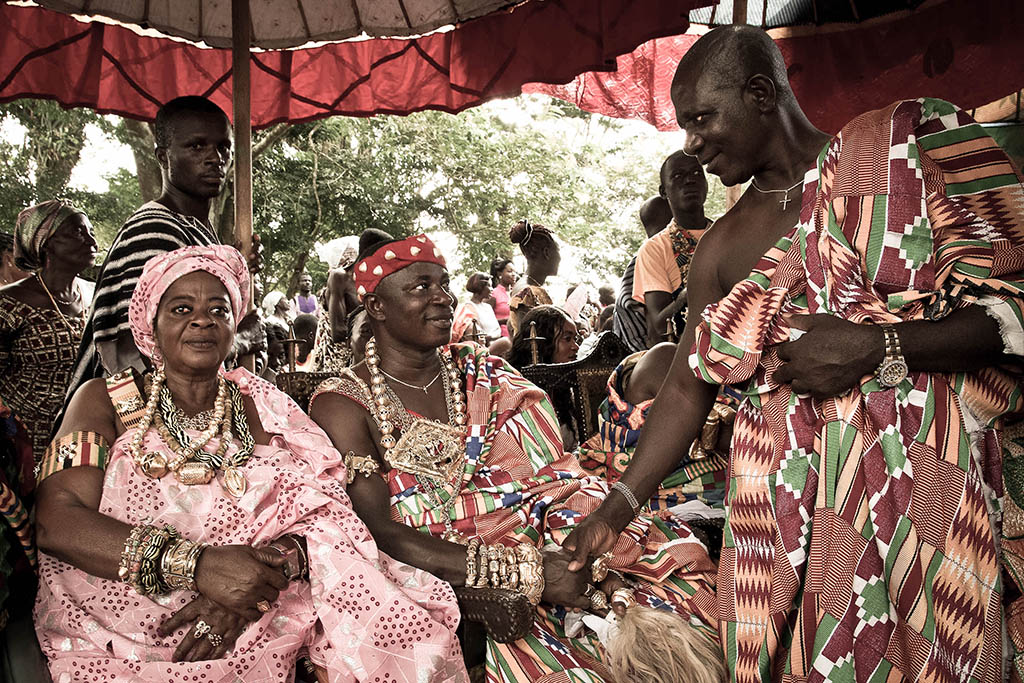
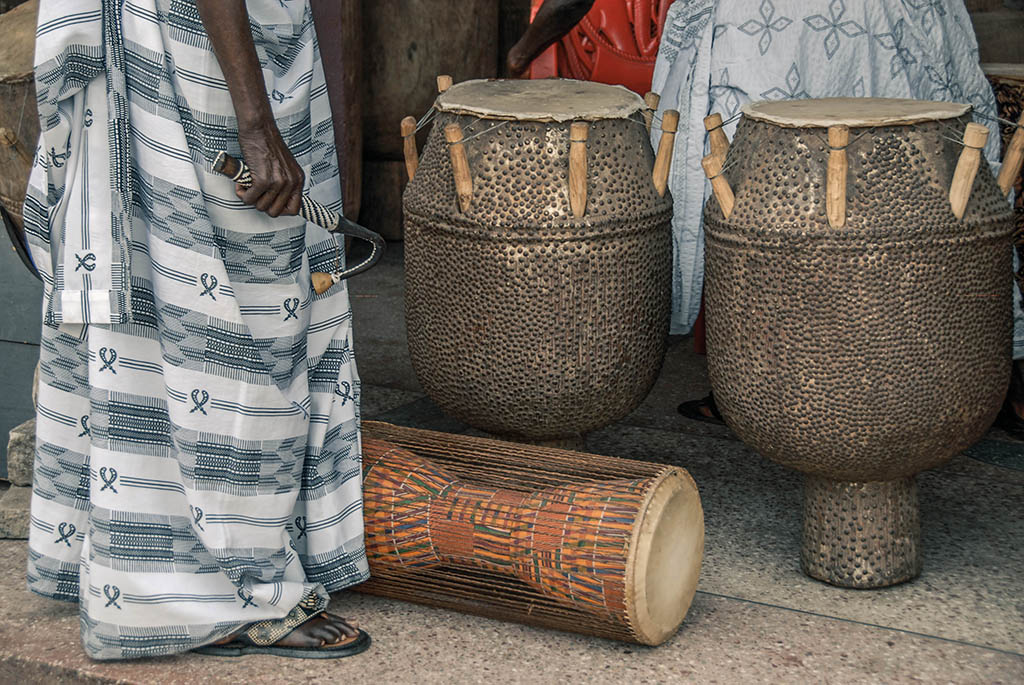
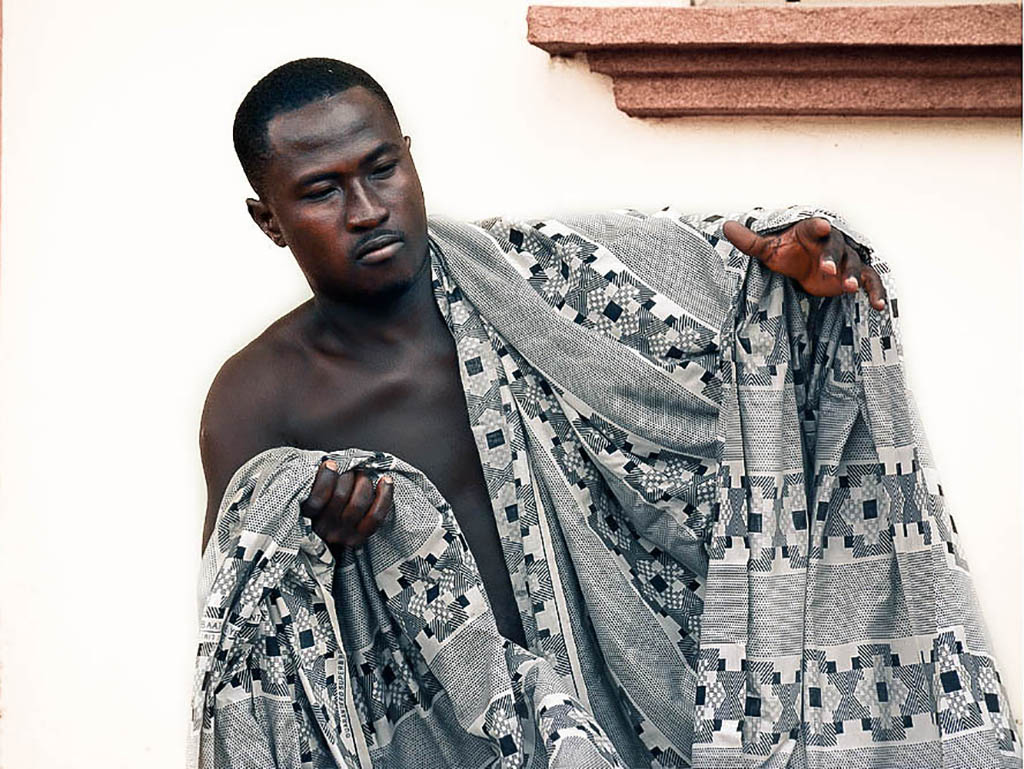
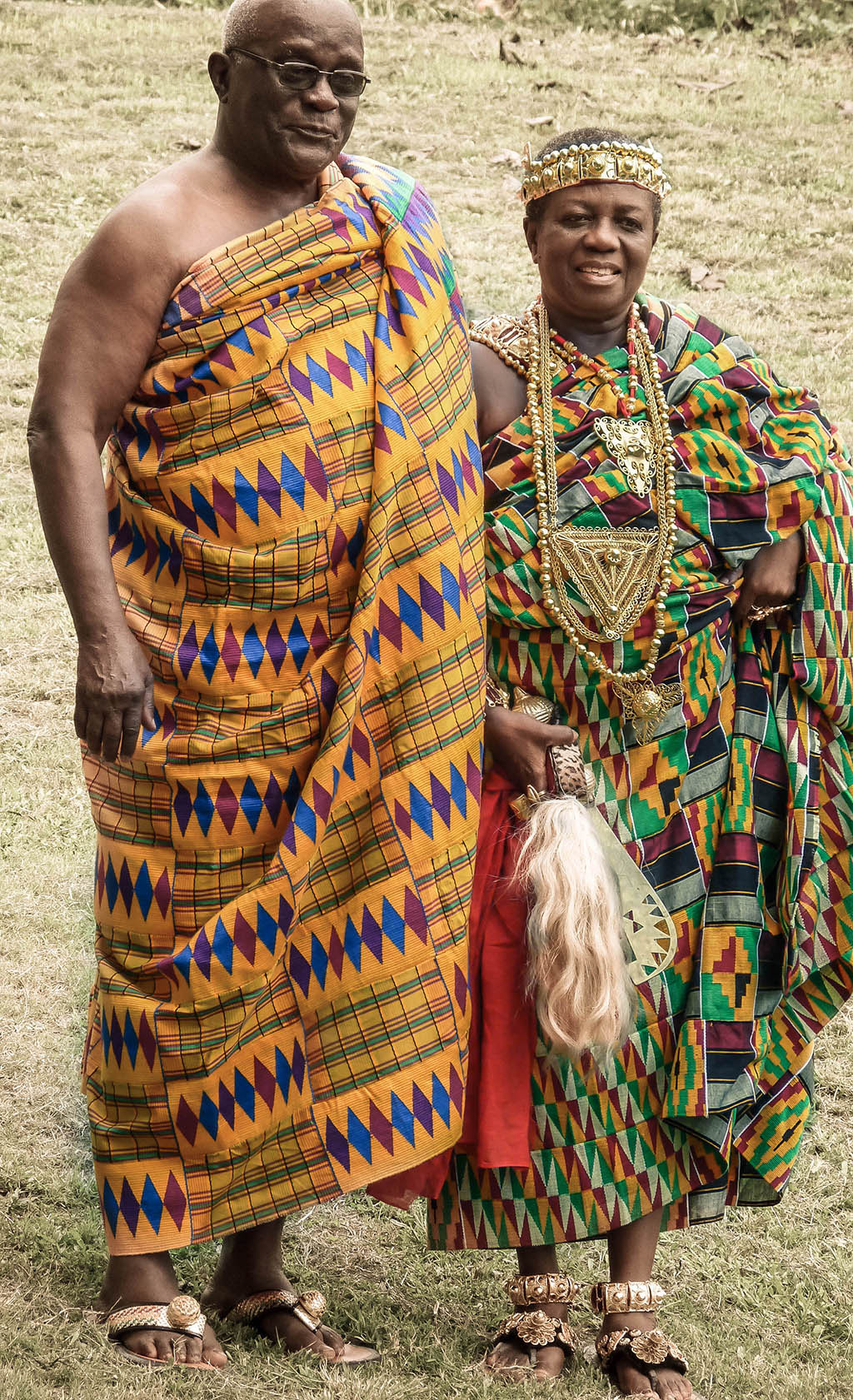
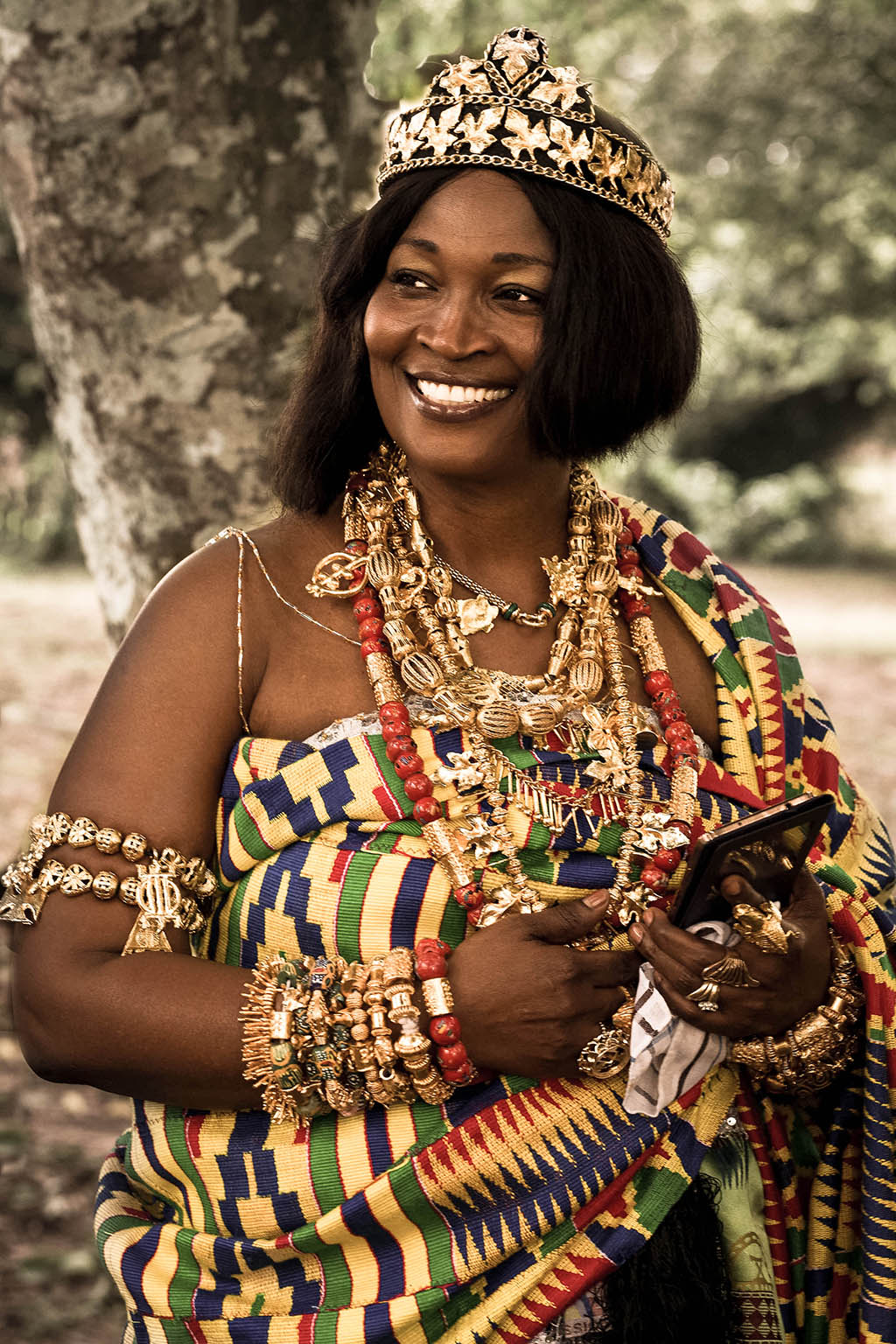

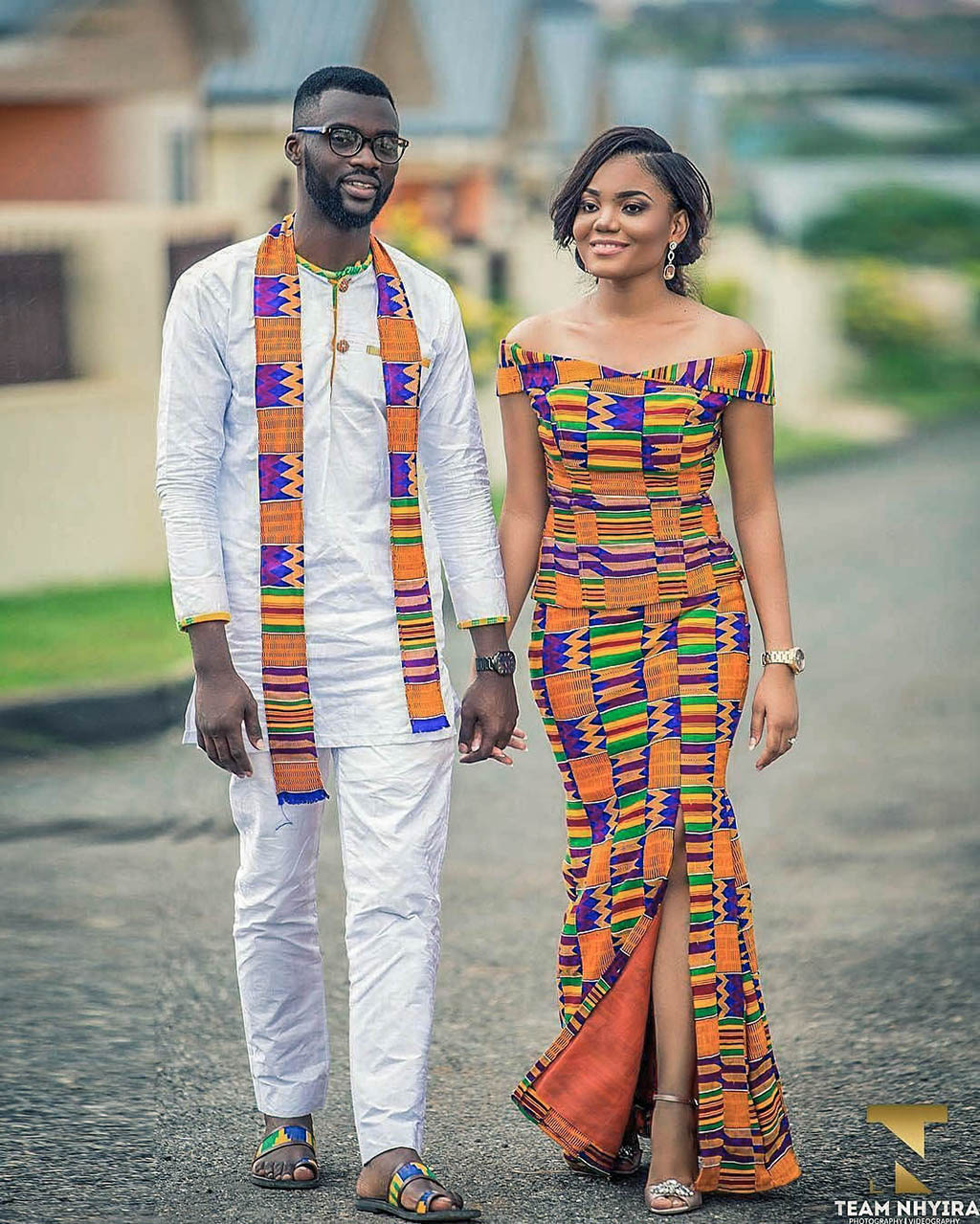
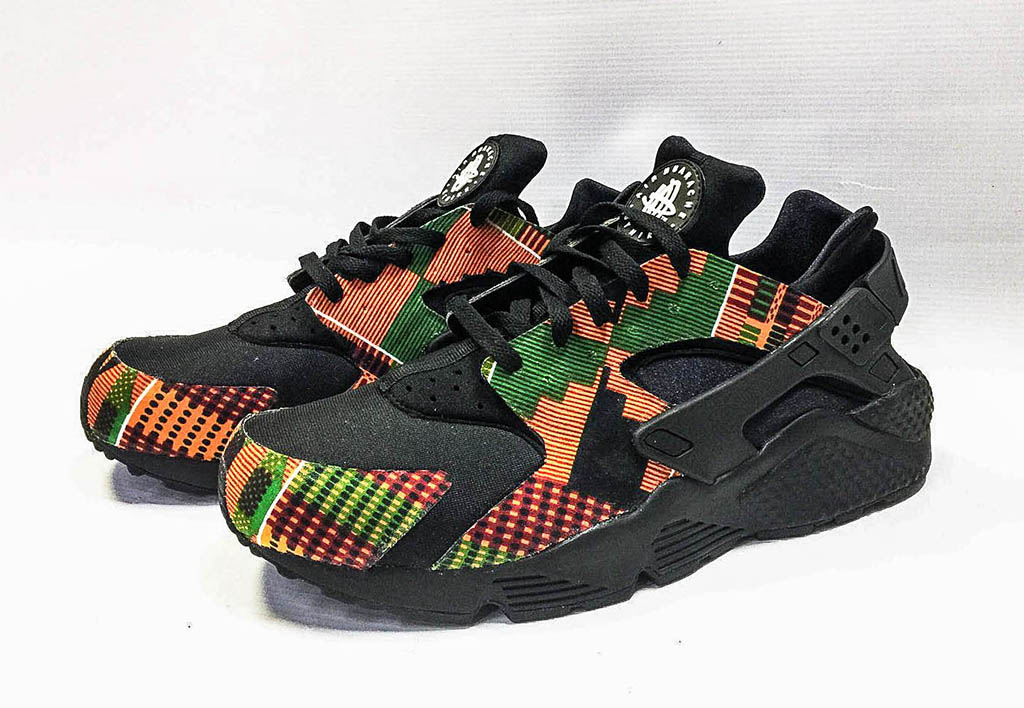
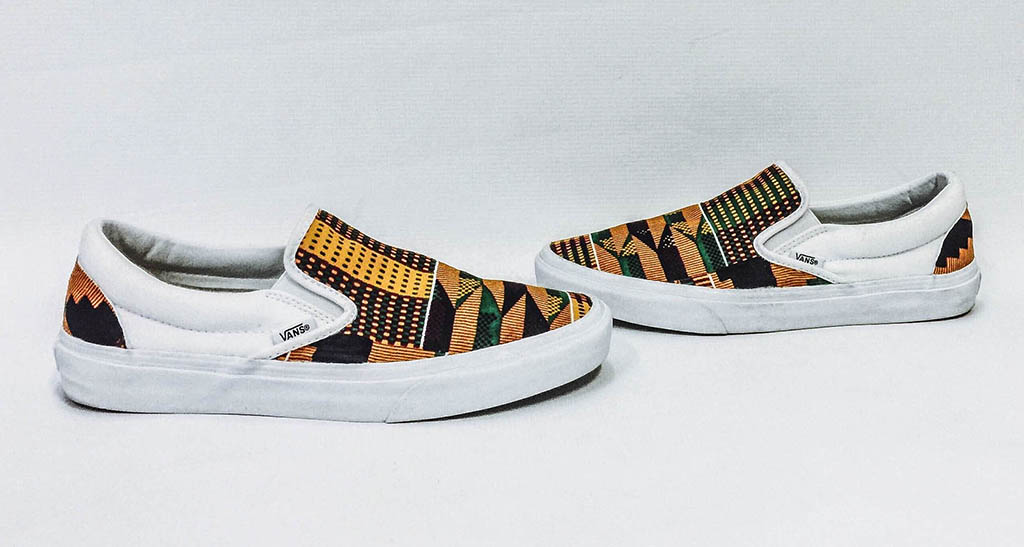


1 Comment
Your experience is very interesting. Especially when you know Ghanaian culture which is very rare but very original. Thank you for sharing your experience and knowledge here.